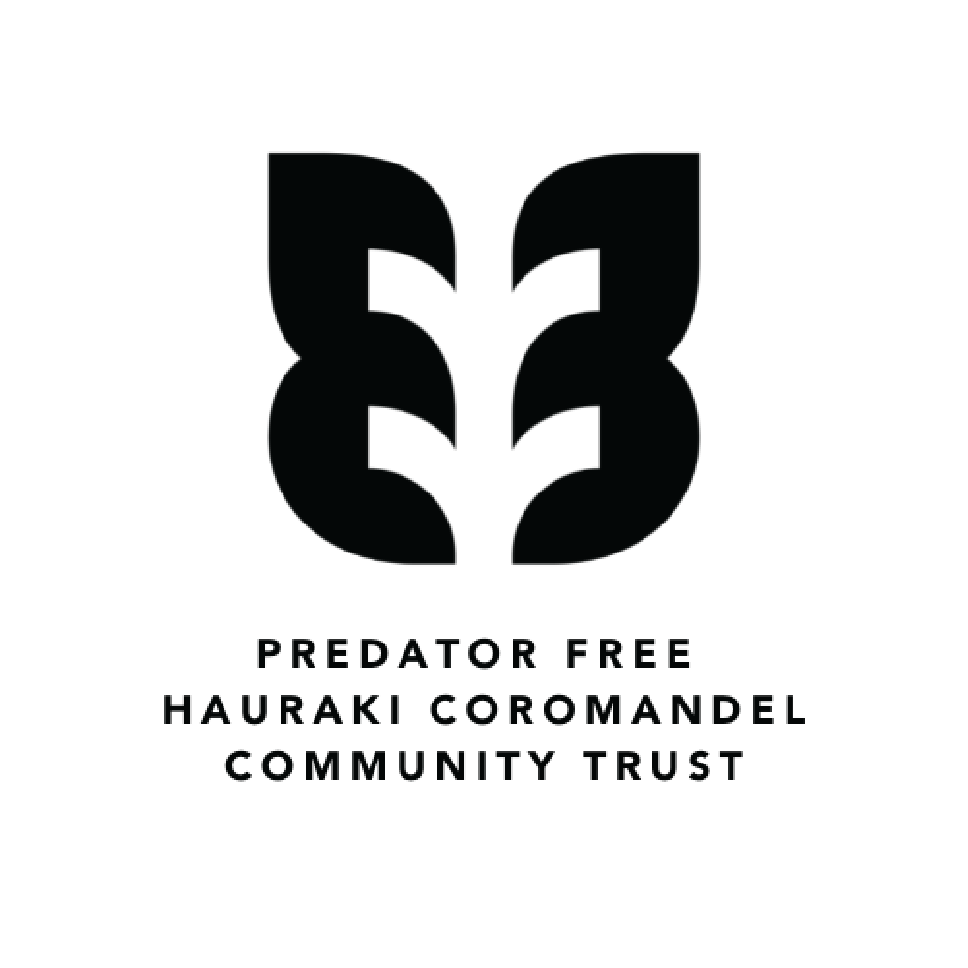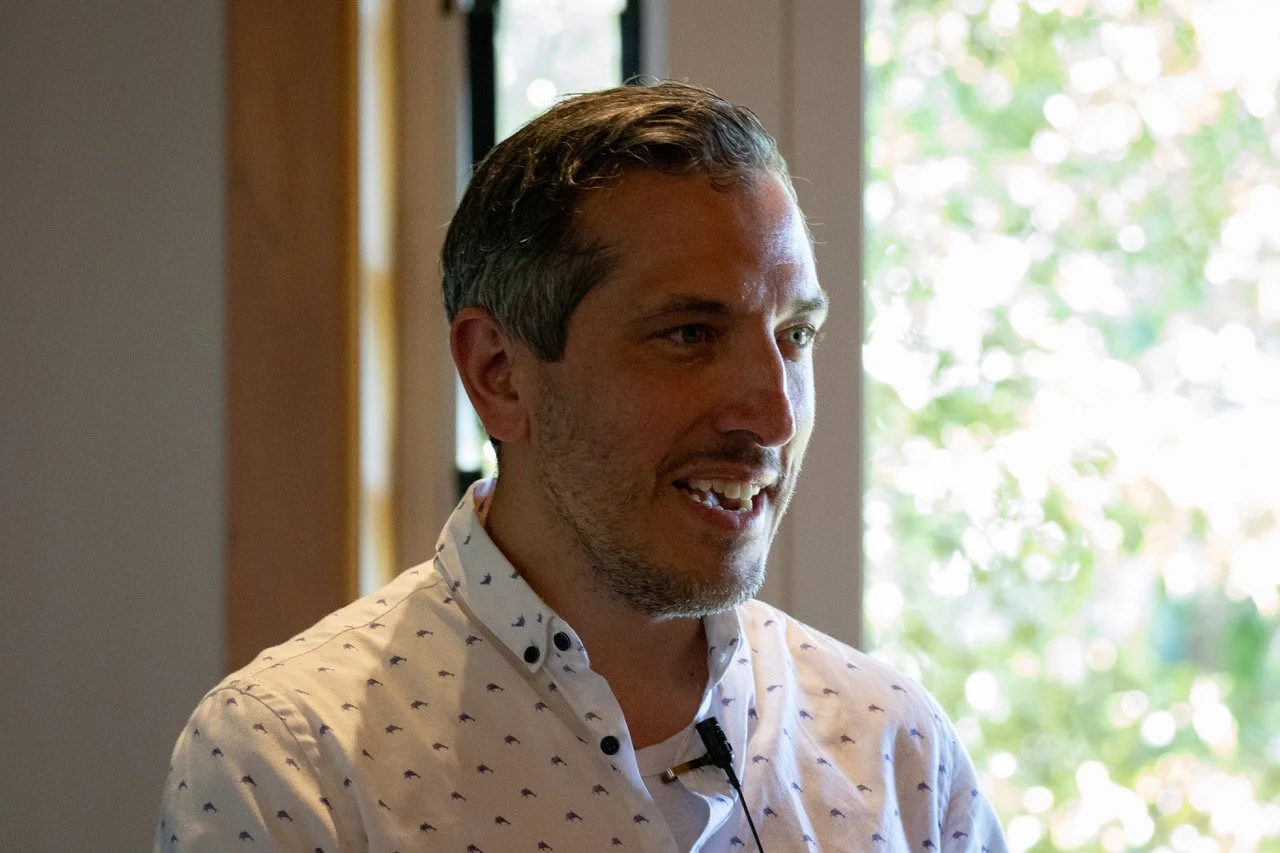Mustelid Summit: Frank Lepera
Waiheke Island’s stoat eradication programme has achieved amazing results in the short time since its inception in 2020. Frank Lepera, Stoat Operations Manager at Te Korowai O Hauraki, recently shared how these results were achieved at the Mustelid Summit, hosted by Predator Free Hauraki Coromandel. Te Korowai O Waiheke is a community-led initiative dedicated to eradicating predators on Waiheke Island, and is a group determined to lead Waiheke to predator free status.
The traps first opened on the stoat eradication project on Waiheke Island in 2020. Since then the group has achieved 100,000 trap services, with only one brief break during the first Covid lockdown. Frank firmly believes that each time a trap is open to be rebaited it must also be serviced to check everything is in optimal condition, hence each trap check is known as a service.
Frank’s second firm belief is in data, and he is passionate about recording everything that happens out in the field. Frank believes that recording data is how you learn and adapt and become more efficient. Te Korowai O Waiheke use ArcGIS Field Maps to record everything while out in the field. As the group became more experienced, once the group was able to start analysing the data it meant they could start to see, within their fledgling project, which traps were more efficient and which lures worked best. It turned out one kind of weka-proof extruder was working much better than another extruder, so traps were switched up to use this more successful extruder. Frank is keen to stress that you have to record things to come to these conclusions and you must keep constantly refining for success.
Frank displays a map of Waiheke which shows an impressive sea of green dots covering the island, indicating private properties that house a trap. This is Te Korowai O Waiheke’s ‘customer relationship’ map, and is a tangible look at the amazing amount of support that the group has garnered from the island’s community. When the field team visit any of these green dots, they have access to contact info with emails, phone numbers, gate codes and notes about hazards on the property. Information can also flow the other way – if the field team see an animal in distress or a tree in the road, they can contact the landowner and let them know. Frank recognises that it’s a privilege to be allowed on all these properties and stresses the need for good communication with the landowners and is constantly striving to maintain these good relationships.
When project first started, the field team would text or call people the day before they checked traps, but now, Frank says “they have seen that we are respecting their land and respecting their properties, and they can see the benefits of the work we are doing”. The team are always discrete and respectful of the area they are in.
Another key aspect to communicating with the 250 landowners is that by keeping them in the loop, they come along for the journey. Raising awareness this way gets people excited about the project – a recent survey showed that 70% of people living on the island knew about the project. Most traps are serviced by the Te Korowai O Waiheke staff, but others are checked by farm managers, volunteers and contractors, so all these people need to be in the loop.
There are 1650 traps across the island, which is 1 trap every 6 hectares. The traps were initially placed in a grid, and then moved around according to the traps’ success. Last winter, the team went through the data and worked out which traps hadn’t caught a stoat since the project started. According to Frank, when auditing those traps, they would take a step back, look around and think, is there a better habitat within five to ten metres where if we put this trap it might start to catch things? And it worked! The following summer, 60% of catches were in traps that hadn’t caught anything before, a very strong indication of how effective a trap audit can be!
Studying the data for patterns has also guided Frank and the team to match their trap checking frequency to the seasons. In winter, the traps are checked every 15 working days using fresh rabbit. Over summer this will increase to an impressive trap check/service every 7 working days. Based on some of the data collected, this summer they will be checking traps that sit within hotspots every 4 working days.
The true indicator of success for all who work in predator control is how the bird numbers look. Again Te Korowai O Waiheke work with the Waiheke residents to achieve the best possible results, with bird counts aided by the public reporting sightings during counts. Kākā are an indicator species for stoats as the mustelids feed on nesting female kākā and chicks. Since the trapping started in 2020, kākā numbers are now up 300%, a sure sign that all of the mahi being done by Frank and his team is working.


